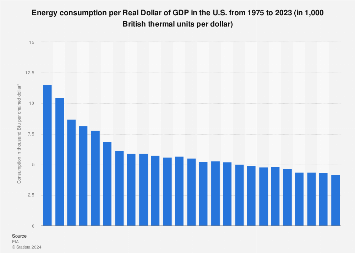DBoon
Minister of Fire
The NPX transmission line already exists and has capacity for 1800 MW, and is probably one of the reasons (along with transmission line constraints from western to eastern NY state) that the eastern 1/4 of NY state has significantly higher power prices than the central and western 3/4 of the state.New England will now say that big bad New York State won't let there be any HV lines be built to bring that cheap RE into New England



